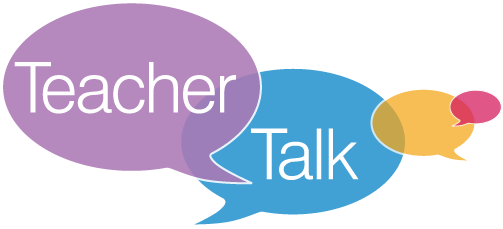Sarah Wall explains how teachers can adapt their talking to support children with SLCN.

Teachers today face a bewildering array of classroom resources and multimedia packages. A visit to the TES Special Needs exhibition in London would confirm that there are resources out there for pretty much everything, from apps to help pupils with their mental maths to large pieces of adapted play equipment. However, few budgets can stretch to all the new ideas. We can be in danger of forgetting that teachers themselves are the greatest resource in the classroom.
The way teachers communicate with pupils and plan opportunities for interaction with and amongst their pupils is the most successful way to develop speech and language skills. Adults who can adapt their own style of talking will maximise the pupil’s language learning experiences. The National Literacy Trust research report (2010) provided evidence to show that adults who let the child lead in interaction had a more positive effect on the pupil’s language development.
Commenting
A key element of adapting teacher talk is the use of questions and comments. Language development opportunities arise when adults use less directive styles of communication, incorporating more open questions and comments following observation of the child. For example, when observing a child engaging in pretend play with the farm animals, comment on what the animals are doing, e.g. “The brown horse looks a bit cross”, “I like when the sheep dog chases all the sheep”, “Oh look the pigs are having a sleep. I’m feeling sleepy too”.
Every Child a Talker provides clear guidance for teachers on how to use their interaction with pupils to promote language development. It recommends using the hand rule – use four comments to every one question.
Open Questions
When the adult does ask questions, open questions are the best for promoting language opportunities. Open questions are questions that don’t restrict the child to a yes or no response. For example questions such as “What would happen if…?”, “How do you think we could…?” or “Tell me how you did that…” require the child to produce phrases to answer them.
Expansion and Recasts
Recasting and expansion are useful techniques for correcting (recast) and extending (expansion) a child by modelling back correct language. When an adult recasts a pupil’s contribution the pupil is hearing a correct model in terms of sounds, grammar and vocabulary. For example,
Pupil: “He goed over to John ‘puter”
Adult: “Ah he went over to John’s computer” (Recast)
or
Adult: “Ah he went over to John’s favourite computer and logged on” (Expansion)
Context
Jean Gross (2013) argues that using comments, open questions and expansion will help pupils but adults must also endeavour to provide a good reason for children to want to talk. Asking questions to check knowledge will probably always be part of classroom interaction but asking questions, where the answer is already known by the adult doing the asking, does not provide an authentic reason for communication. Classrooms where teachers ask questions to which they themselves don’t know all the answers will ensure pupils need and want to talk.
To review and develop your teacher talk go to www.speechlink.info/thelink to download a Teacher Talk checklist.
More teacher talk tips:
Silence: Never underestimate the power of silence. If you leave a long enough pause pupils will try to fill it. Use the “wait 10 seconds” rule before moving on.
Display examples: Display comments or sentence starters on the wall to remind all staff which language to use in areas of the classroom. For example, ‘I wonder how…’, ‘You’ve used…’ (Gross, 2013), plus some open ended questions.
Negation: Tell the pupils what you want them to do, not what you don’t want them to do! Sentences containing negation (don’t, can’t, wasn’t, shouldn’t, not) can be difficult for children to understand. You may be surprised at how many negative statements are given in school throughout the day.
Instructions: Use a pupil’s name before giving instructions to gain their attention. Give instructions before an activity, not during it. Give instructions in the order you want them carried out. Check for understanding of instructions as you go along.
Top tips for encouraging talking
Introduce an element of surprise, e.g. a mystery to solve, an unopened parcel, a crime scene, or put out all the wrong equipment for an activity.
References
Gross, J. (2013) – Time to Talk: Implementing outstanding practice in speech, language and communication, Routledge.
DCSF (2008) – Every Child a Talker. Available from http://webarchive.nationalarchives.gov.uk
Please login to view this content
Login